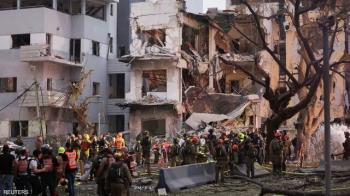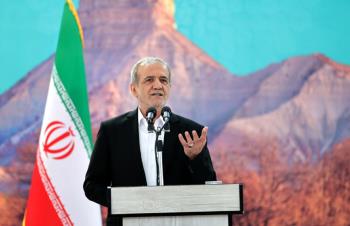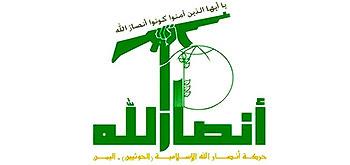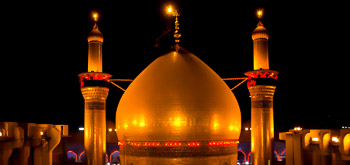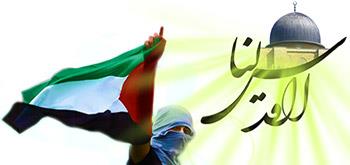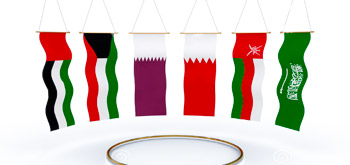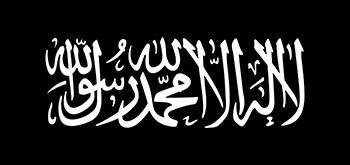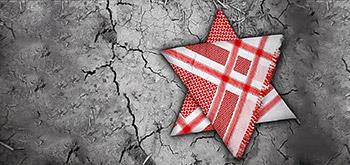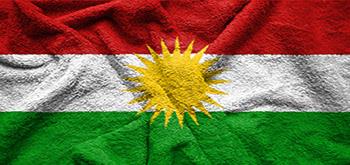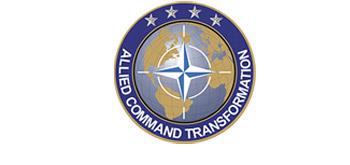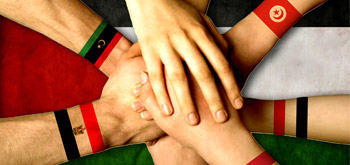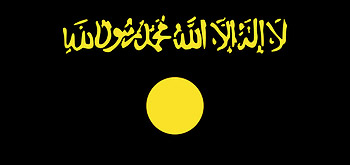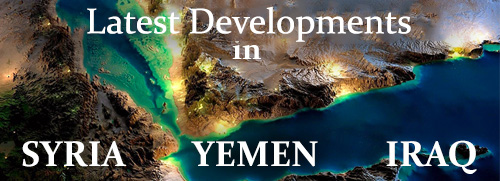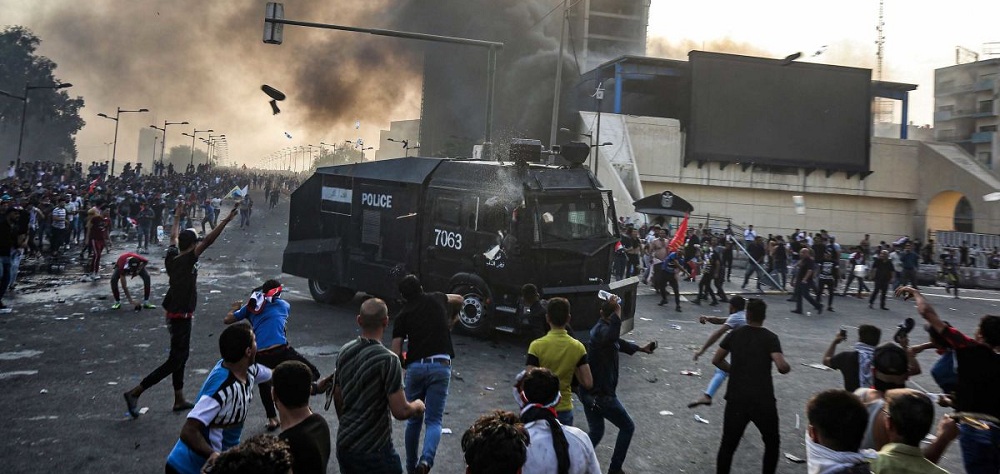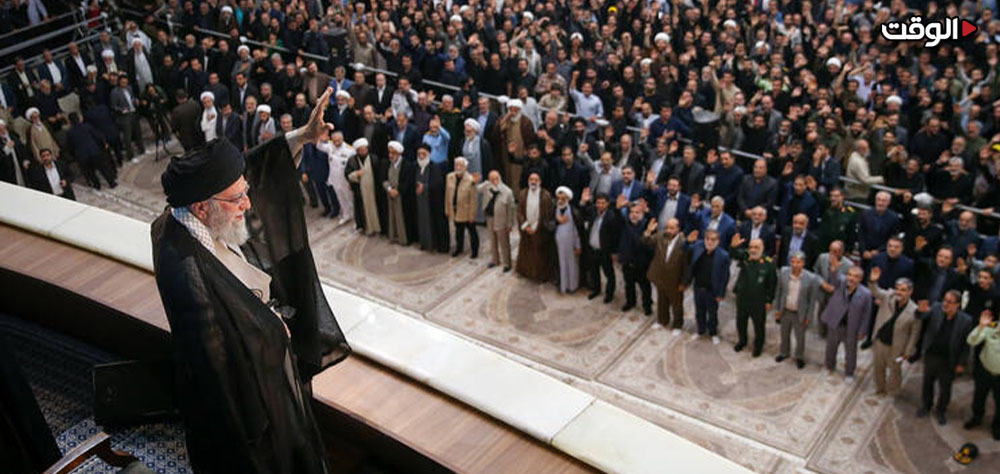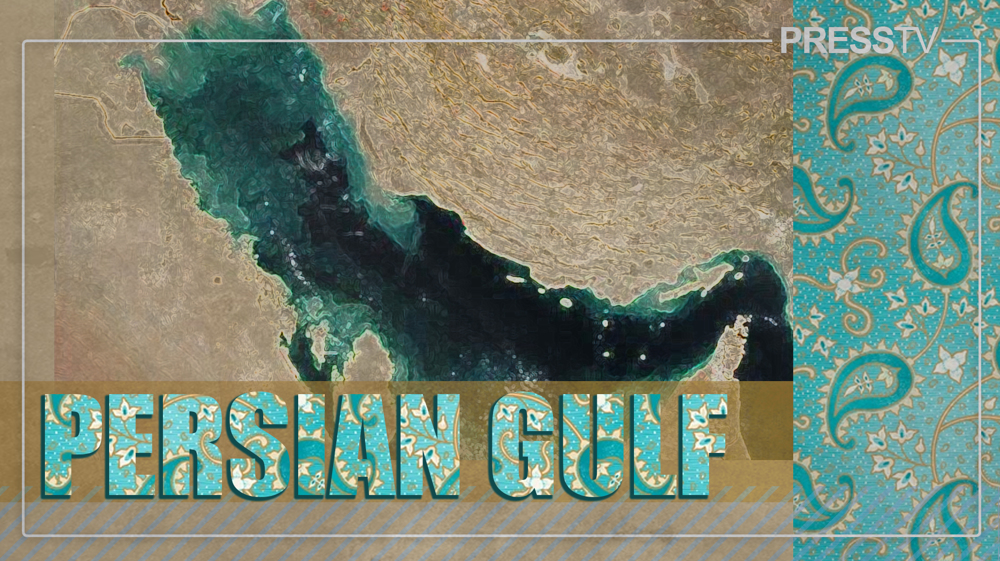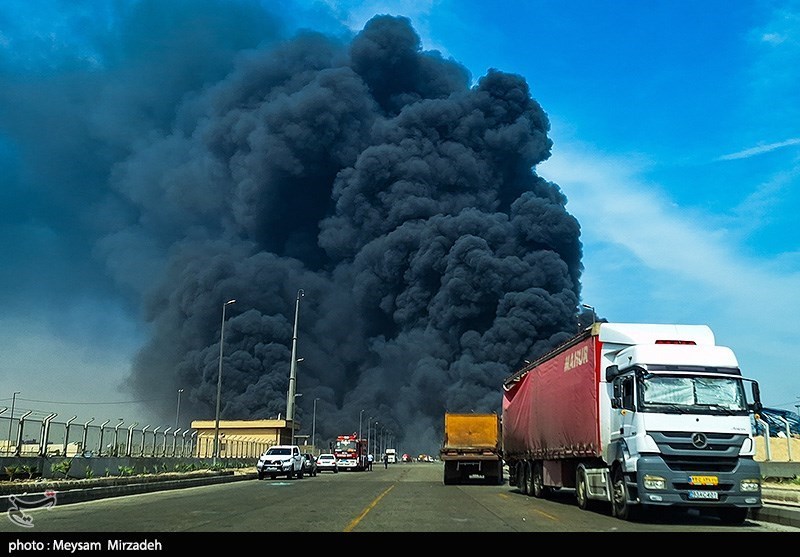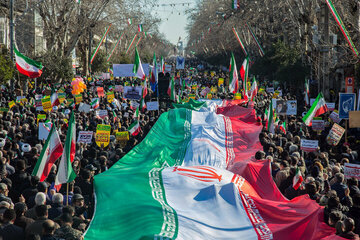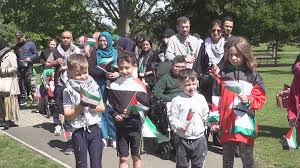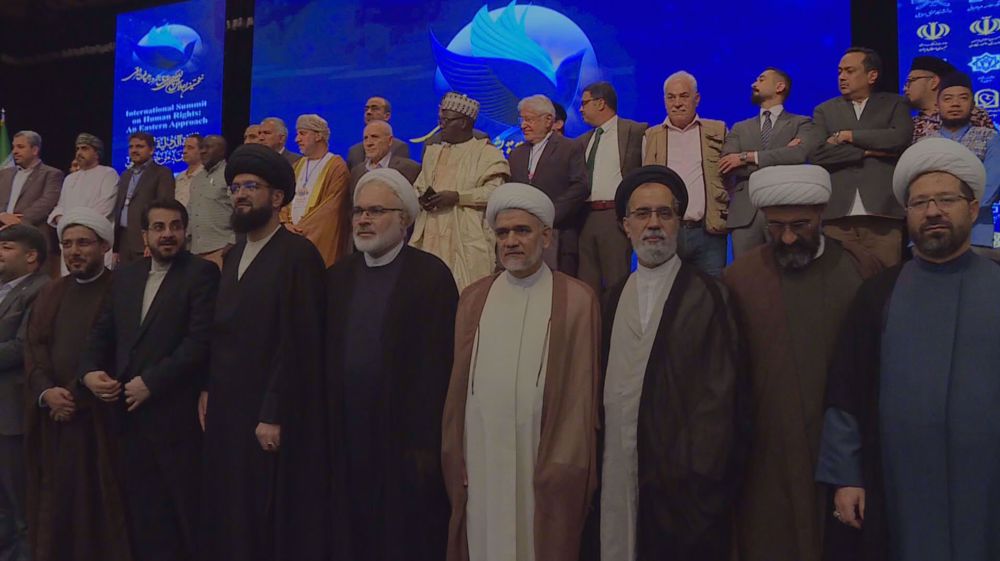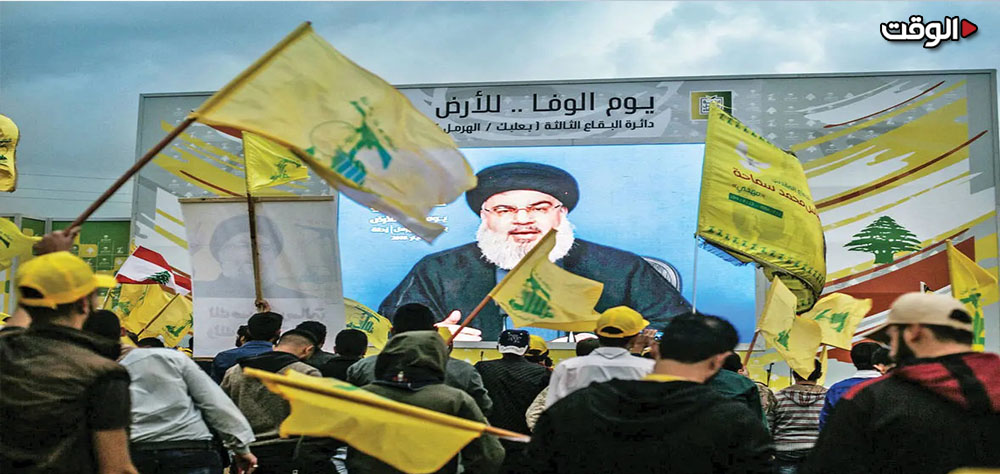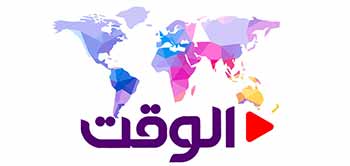Alwaght- Protests in Iraq’s southern cities as well as the capital Baghdad that started on Tuesday continue, leaving several people, from the protestors and the security forces, dead and wounded. The demonstrators chanted slogans asking the government to improve public services, provide jobs for the youths, and fight corruption. They also criticized Prime Mistier Adul-Mahdi’s economic policies and called for him to step down, a year after he assumed the post following parliamentary elections.
On the other side, anti-Iranian slogans were heard from some demonstrators. The Iraqi government in its initial reaction said it has formed a committee to launch a probe into the deaths, as it met with the protest representatives to listen to their demands. To throw light on the developments, Alwaght has talked to the Iranian expert of West Asia affairs Hassan Hanizadeh.
What do you think are the roots and causes of the protests?, Alwaght asked. Mr Hanizadeh answered that there is no doubt that the young Iraqis have taken to the streets of several cities to express their legal demands. There is also no doubt that their demands are legitimate and the government knows that there have been some shortcomings when it comes to providing welfare services by it and its predecessors.
“The slogans chanted are against corruption and are totally legitimate. But two factors in these demonstrations show that suspicious sides have planned for these marches a couple of months in advance. First is the timing. They are coming at the threshold of the multi-million march of Araba’een. And second, the direction of the slogans. They initially were against the corruption and poor services but gradually changed course.”
Mr Hanizadeh added that last year when millions of people from 80 countries entered the small city of Karbala, the key slogans severely aroused the ire of the US, the Israeli regime, and Saudi Arabia. Slogans like “labbaik ya Hussain” (or we are at your service o Imam Hussain), “hayhat minna I-dhilla” (never to humiliation), and hob al-Hussain yejmana” (the love of Hussain gathers us together) were the three strategic slogans of the Araba’een marches. If this continues, not so long the Arba’een marches will grow to be a global phenomenon and thus will help further boost the Axis of Resistance power, a regional camp that is led by Iran and covers Iraq, Lebanon, Syria, and Yemen against the Western colonial projects in the region.
After last year’s Arba’een, he went on, there were some moves including the bombing of Iraq’s Popular Mobilization Forces (PMF) by the Israeli warplanes in Iraq, pressures on the Iraqi government to reduce relations with Iran, and accusations against the Shiite clerics. All these preceded the demonstrations. Some Shiite political sides, largely known in Iraq as the “Shiites of the embassies”, and also the remnants of the Baathist party worked as instruments to the American embassy as the orchestrator of the developments. The Saudi money, on the other hand, since several months ago, has been making grounds and bringing the youths to the streets with the aim to obstruct the Araba’een, insult the clerics, and criticize Iranian presence in Iraq. “In fact, the demonstrations are an outcome of a large-scale American-Israeli-Saudi coordination and plan and if expands, it can block Arba’een ceremony.
According to the media reports, there were dozens deaths so far. Mr Hanizadeh was asked for comment on why the protests quickly developed into violence. He said that suspicious people under the ruse of the demonstrations took to the streets with specific aims. They started violence and damaged public places and utilities. The police forces reacted to stop these vandals and this initiated the violence. There were even security forces among the dead.
“The goal of the US, Saudi Arabia, and the Israeli regime, along with Baathist party remnants and some of secular Shiite groups associated with the American embassy is bringing the protests to violence and drag these developments to Araba’een so that under the guise of the revenge for the blood of the dead a sectarian civil war is fueled in the country. So we can suggest that the violence is a result of manipulation of the demonstrations by anti-Iranian, anti-Shiite, and Baathist elements who have returned to the scene after several years and seek to push the peaceful protests with legitimate demands into violence.”
No much time is left to the Araba’een and many people from around the world are heading to Iraq for the ceremony. Mr Hanizadeh was asked for a prediction about how the protests would develop in the upcoming days. He replied that the objective of the hands behind them is that they will continue past the Arba’een and they immerse in more violence every day. The PM in a message said the government is in control and will end the demonstrations. The government even formed a committee to negotiate with and answer to the young protestors. It is talking to their leaders. “It seems that the government has control over the situation and it is predicted that the American-Israeli conspiracy will be thwarted soon.
Asked about the calls for government resignation and the implications of these demands on the future of the government, the expert said that Washington is heavily pursuing PM Abdul-Mahdi ousting. All of the Western and Arab media serving the US interests now focus on one thing: painting the PM’s government incompetent. Over the past months, Abdul-Mahdi defied the pressures from Washington and its regional allies to reduce the relations with Tehran. He, on the other side, traveled to China, the US global rival, and talked business with Beijing. These moves largely infuriated the White House and pushed it to develop a plot to remove him. Mr Hanizadeh had assurances to share: “Abdul-Mahdi’s government is strong and in control and when it comes to corruption rates, it is healthier compared to past cabinets.

